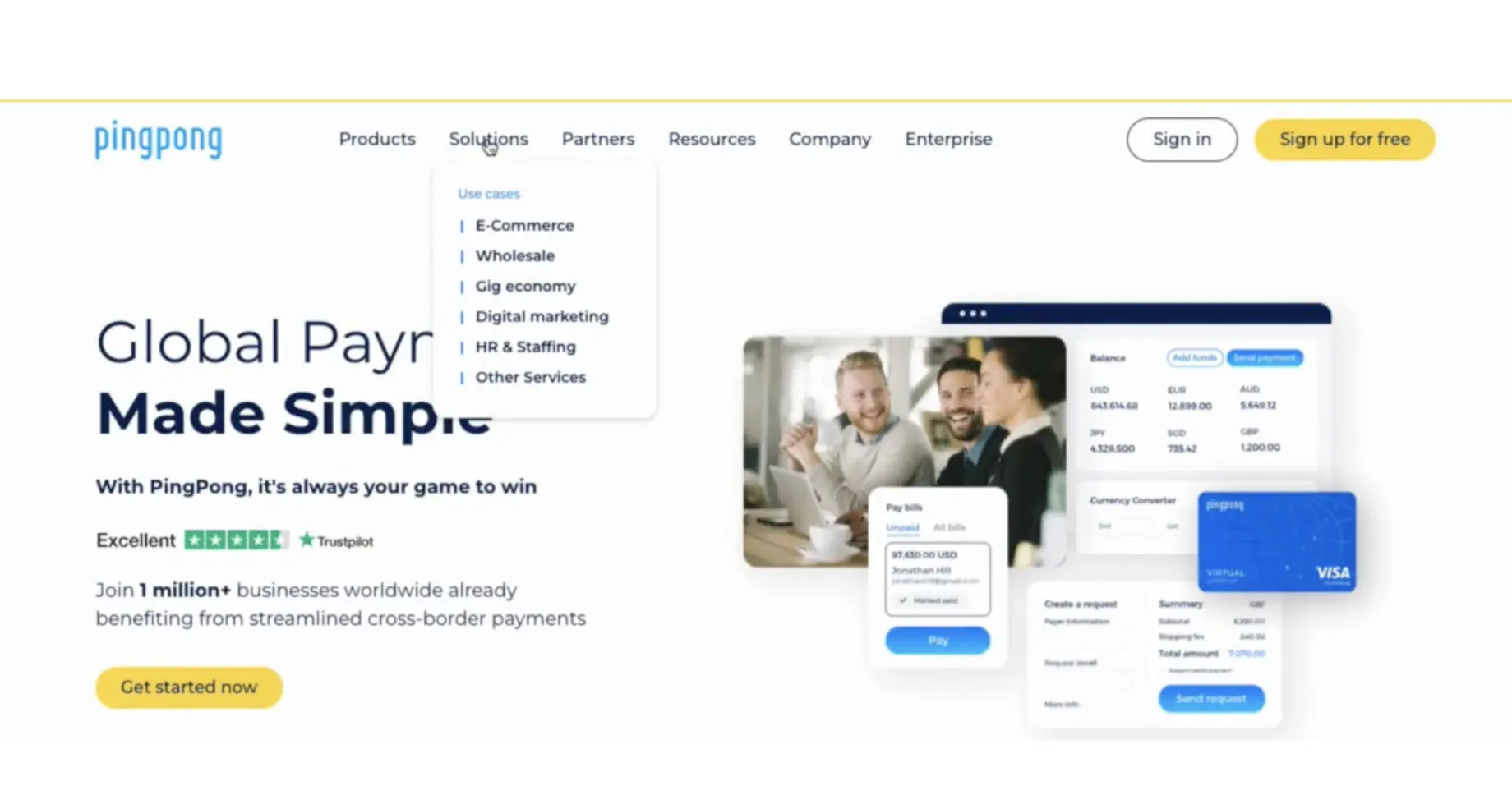My Journey on B2B SEO
From speeding up page load times with advanced techniques like image compression and CDN usage to enhancing mobile responsiveness and mastering on-page SEO, I cover the essentials that every web developer needs to know.

From speeding up page load times with advanced techniques like image compression and CDN usage to enhancing mobile responsiveness and mastering on-page SEO, I cover the essentials that every web developer needs to know.

In this post, I dive deep into my experiences with Technical SEO, sharing the key strategies and tools that have shaped my approach to achieve SEO goal.
I'll do my best to showcase the lessons learned from my SEO journey, providing actionable insights and tips to help you improve your own web development projects.
There is a lot of to unpack, if you like to dive in with any topic, just send me a note.
Site architecture optimization, efficient indexing, and crawler management to boost website's performance and ranking.
Keyword authority building, tailored content for industries, and strategic internal linking to enhance your SEO and drive engagement.
I. Speeding Up Page Load Times
Efficient websites begin with fast load times. You may think you need a front-end developer to help, but the reality is you can do it with little or know code knowledge. This is how I do it:
1. Image Compression: Large images are often the culprits behind slow websites. I use 3rd party image compression tools to reduce image sizes without sacrificing quality (PNG to Webp), ensuring pages load faster while still looking sharp. - I use Canva to patch process image, but there are hundreds of solutions out there.
2. Browser Caching: Leveraging browser caching can significantly cut down load times for repeat visitors. By storing parts of the website locally in the browser, return users can experience quicker access.
3. Code Optimization: Minimizing the code—be it JavaScript, CSS, or HTML—helps reduce the load time. Some webhosting solution such as Webflow already have the built-in feature to help you clean up the code.
4. Utilizing CDNs: Content Delivery Networks (CDNs) play a vital role in delivering content efficiently from servers closest to the user. Implementing a CDN can drastically reduce delays caused by geographical distance.
Revisiting Design and Content: Ensuring that mobile designs are not only responsive the desktop but also cater to mobile usability (You Desktop may have higher conversion, but you can't overlook mobile traffic). Content needs to be easily readable and interactable on smaller screens. On Webflow, for example, the good practice is adjust the layout and design from desktop -> tablet -> horizontal mobile -> vertical mobile site.
Streamlined Navigation: Mobile users expect quick and easy navigation. Often we need design a separate navigation for mobile. Streamlining the user journey to enhance engagement and reduce bounce rates.

Meta Titles and Descriptions: It is quite basic but often gotten overlooked, crafting unique and relevant meta titles that include key phrases that relates your offering is the key to improve your SEO ranking. The meta descriptions are concise and designed to capture the user’s interest.
Title tag: Keep them under 60 characters to ensure full display in search results. Make sure they are specific to the page's content.
Descriptions: Aim for about 150-160 characters to maximize space without being cut off in search results. Include a call-to-action like "Learn more" or "Read now."
Structured Data: Well-structured URLs, thoughtful use of H1 tags, and keyword-optimized slugs help in better indexing and ranking. Pro Tips: use Octopus.do to check your site map and structured data.
Use tools like Octopus.do to visualize your site map and assess your site’s structured data effectively.
Utilize H1 tags to clearly indicate the main focus of your page, and use additional header tags (H2, H3) to organize content in a hierarchically relevant manner.
Engaging CTAs: Effective call-to-action texts and easily accessible social sharing buttons are integral to driving user interaction and traffic.
CTAs: Place them prominently on your page, using action-oriented language.
Social Sharing Buttons: Include them at key points where content is most impactful to maximize sharing.
Keyword Authority Building
Building keyword authority is one of important part of any B2B SEO strategy. My process always starts with keyword research (SEMrush, Google keyword planner and more) to identify not only high-volume terms but also niche phrases that are critically relevant to the target industry (This is where we can go beyond). I use these tools to analyze keyword competitiveness and search intent, ensuring that the selected keywords align perfectly with the content's goals and audience expectations.
Implementation: (The fun part)
Once identify a list of primary keyword (usually less than 10) I incorporate these keywords strategically across various content forms, including blog posts, white papers, and detailed industry reports, to enhance visibility and authority.
Building the keyword list and regular monitoring the traffic is also important part of process, allowing for timely adjustments and optimization to keep up with changing market trends and search engine algorithms.
The following are some of my through process (demonstration purpose)
01
- Definition of cross-border payments
- Importance of cross-border payments in international trade and business
- Evolution of cross-border payments
- Challenges faced in cross-border payments
02
- Overview of traditional cross-border payment methods (e.g. SWIFT, wire transfers)
- Advantages and disadvantages of traditional methods
- Various fees and charges involved in traditional methods
- How traditional methods can be cumbersome and time-consuming
03
- Introduction to emerging technologies (e.g. blockchain, digital wallets) in cross-border payments
- How these technologies are disrupting the traditional methods
- Benefits of using emerging technologies (e.g. faster, more secure, lower costs)
- Case studies of companies successfully implementing these technologies
04
- How cross-border payments facilitate international trade and business
- Effects of cross-border payments on currency exchange rates and foreign exchange markets
- Challenges faced by global businesses due to inefficient cross-border payment processes
- Ways in which improved cross-border payment methods can boost the global economy